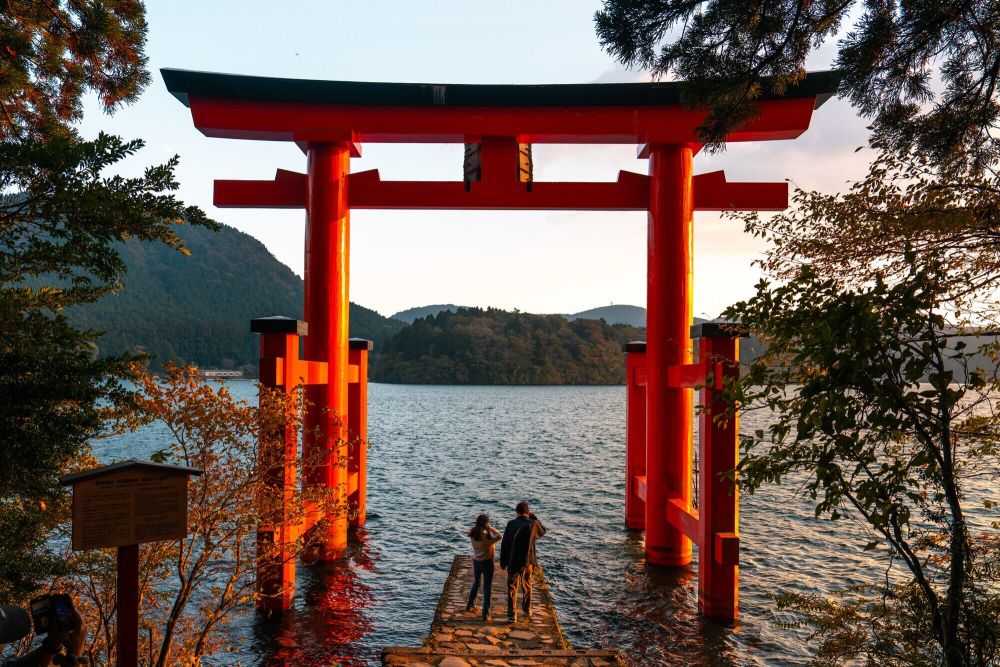

The history of tourism in Hakone, a town located in the Kanagawa Prefecture of Japan, dates back to the Edo period (1603-1868) when it was an important checkpoint on the Tokaido route, which connected Kyoto and Tokyo. During this time, Hakone offered accommodations and rest to weary travelers, an early form of tourism economy.
Hakone's initial draw as a tourist destination came from its hot springs, known as onsen, which have been cherished for their healing properties for centuries. In the 1600s, Hakone Yumoto became the most famous onsen town in the area. The Tokugawa shogunate's endorsement of the therapeutic baths to their samurai helped spread the word about Hakone's hot springs.
The advent of the Meiji era in the 19th century saw Japan opening up to the West. Hakone witnessed the rapid development of its infrastructure, including the introduction of railways and modern roads that made access easier for tourists from afar. In the early 20th century, foreign visitors, along with domestic elite, began to frequent Hakone for its natural beauty and spa treatments. The establishment of the Fujiya Hotel in 1878 was significant in solidifying Hakone as a stylish resort area for both Japanese and international travelers.
In the post-World War II era, Hakone experienced a tourism boom. Improved economic conditions and the development of the tourism sector led to an increase in Japanese traveling for leisure. Hakone's close proximity to Tokyo made it a perfect weekend getaway. Attractions such as the Hakone Open-Air Museum, which opened in 1969, and the Hakone Ropeway started in 1959, added non-onsen activities that appealed to a wider audience.
Today, Hakone continues to draw visitors with its blend of natural beauty, history, and modern tourism facilities. In recent years, luxury ryokans and spas have become increasingly popular, catering to those looking for premium relaxation experiences. Eco-tourism is also gaining traction, with visitors interested in experiencing the rich natural environment of the Hakone Geopark without leaving a significant carbon footprint.
The latest trends in Hakone tourism include:
With its striking views of Mount Fuji, rich cultural heritage, and exceptional hot spring resorts, Hakone remains one of Japan’s most visited destinations for both domestic and international tourists. As it balances modernity and tradition, Hakone will no doubt continue to adapt and evolve with the changing trends of the tourism industry.